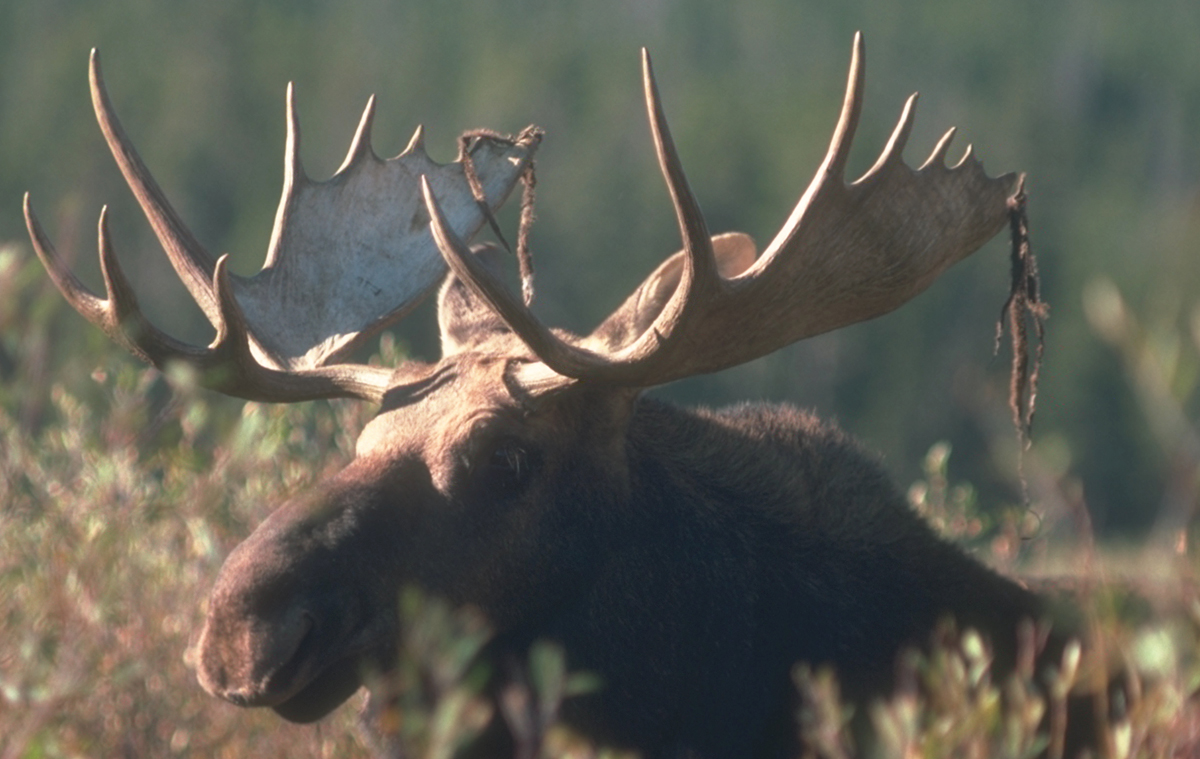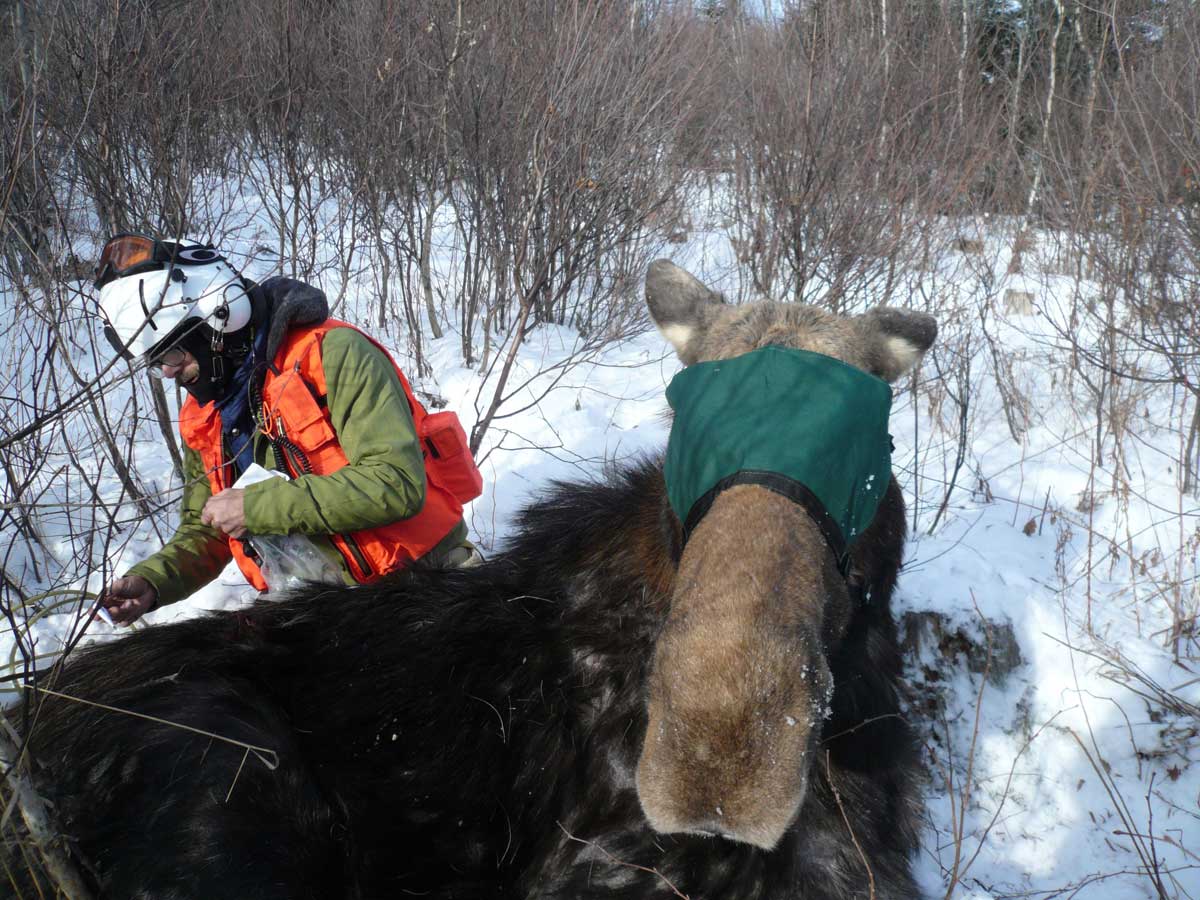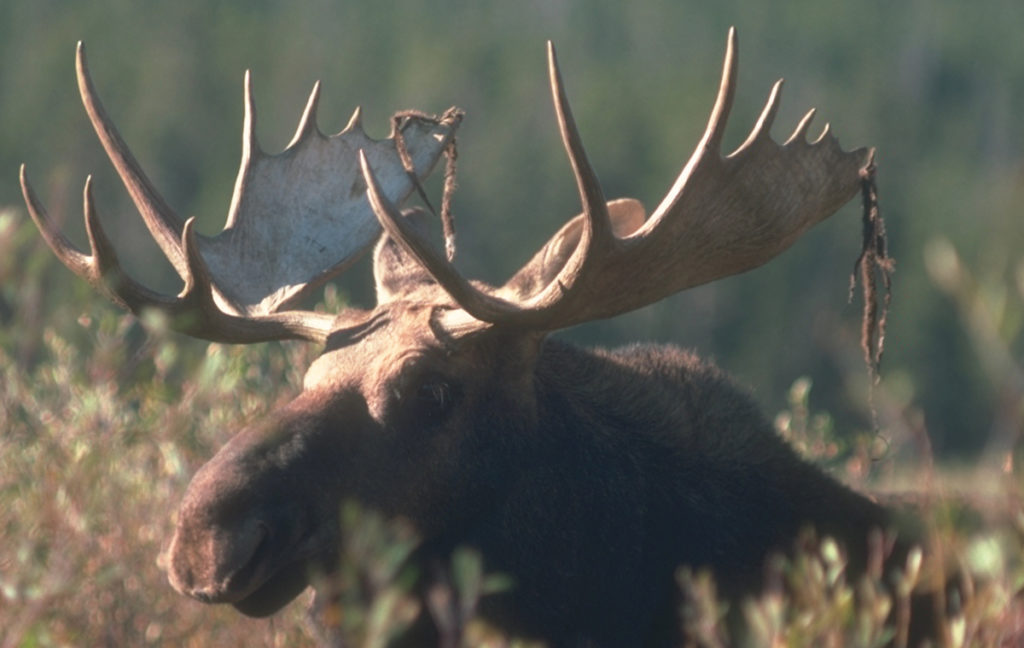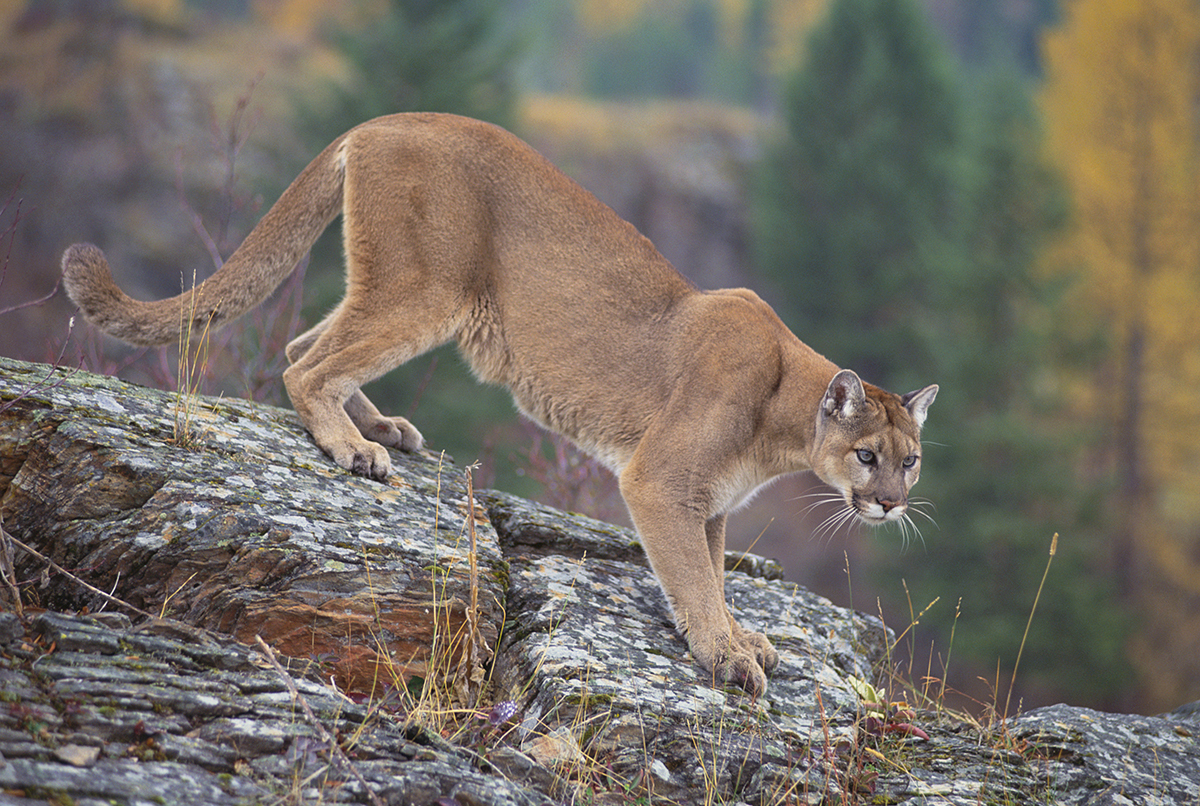 The Vermont Fish & Wildlife Department is initiating a multi-year study to better understand the state’s moose herd.
The Vermont Fish & Wildlife Department is initiating a multi-year study to better understand the state’s moose herd.
Moose across the Northeast are increasingly under stress from a parasite known as winter ticks. The ticks are becoming more prolific as spring and fall weather has warmed in recent years causing some moose to collapse from blood loss or die from hypothermia after rubbing their insulating hair off in an attempt to rid themselves of the parasite.
Beginning in January 2017, researchers with the Fish & Wildlife Department started placing radio-collars on up to 60 wild moose to follow their movements and determine causes of mortality. Moose are captured by expert wildlife capture contractors using nets from helicopters via well-established techniques that minimize stress and harm to the animal. Department staff track those moose for several years using the GPS points gathered by the collars, and by visiting moose directly in the field to record observations. Vermont is the fourth northeastern state to partake in such a study – state fish and wildlife agencies in New Hampshire, Maine and New York are currently using the same methods to examine their moose herds.
Biologists hope to better understand whether Vermont’s moose calves are surviving to adulthood. They want to know what is causing the death of any moose that die during the study period, including those that are killed by predators such as coyotes or bears, and those that die from brainworm infections or stress caused by winter tick parasites. Biologists will also examine whether female moose are successfully reproducing and where their young go after they leave their mother’s side.
“Moose face a variety of potential threats in the northeast, from warmer temperatures to dramatically increased parasite loads and habitat fragmentation,” said Cedric Alexander, Vermont Fish & Wildlife’s lead moose biologist. “It is important that we understand how much these factors are affecting our moose population in Vermont. Our moose conservation efforts must be based on a strong foundation of science if we are to understand and address these threats in the long term.”
 Vermont’s moose herd has decreased from an estimated high of more than 5,000 individuals in the state in the early 2000s to roughly 2,200 today. The majority of the reduction in the number of moose was a deliberate effort by biologists to bring the herd into better balance with available habitat at a time they were considered overabundant. A single moose can eat more than 25 pounds of food a day and their browsing was damaging forest ecosystems, harming not only their own habitat but habitats for many other animals.
Vermont’s moose herd has decreased from an estimated high of more than 5,000 individuals in the state in the early 2000s to roughly 2,200 today. The majority of the reduction in the number of moose was a deliberate effort by biologists to bring the herd into better balance with available habitat at a time they were considered overabundant. A single moose can eat more than 25 pounds of food a day and their browsing was damaging forest ecosystems, harming not only their own habitat but habitats for many other animals.
According to Alexander, this deliberate reduction in the herd through hunting may have also helped Vermont’s moose stave off the worst effects of winter ticks as they have increasingly become a problem in recent years. “Winter ticks spread more rapidly when moose are overabundant,” said Alexander. “Although we decreased Vermont’s moose herd to reduce the impacts of moose on the landscape, it may have also contributed to the much lower rates of winter ticks on Vermont’s moose than biologists observe on moose in New Hampshire or Maine.”
The study will run through 2019. For more information, go to www.vtfishandwildlife.com.




